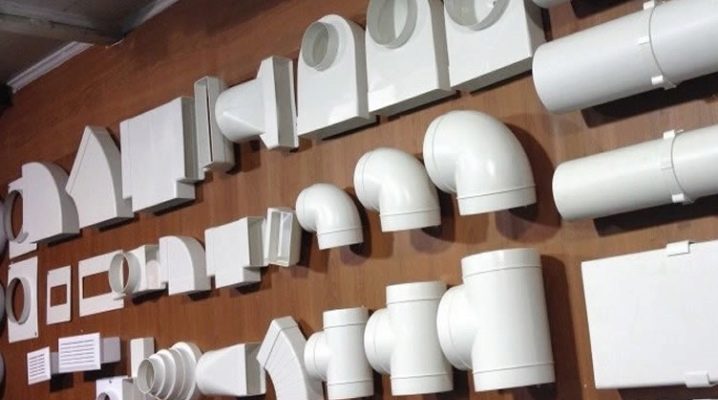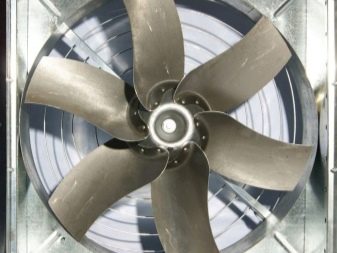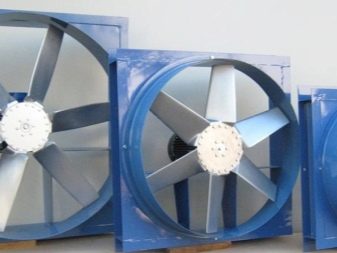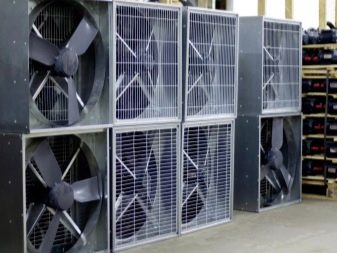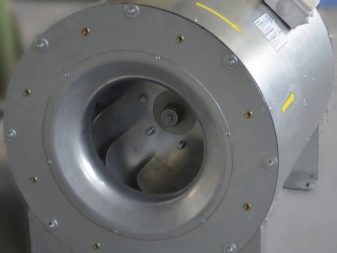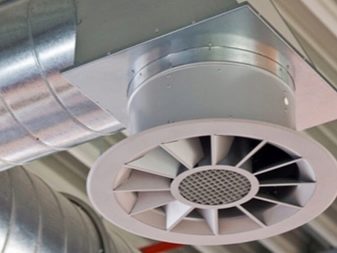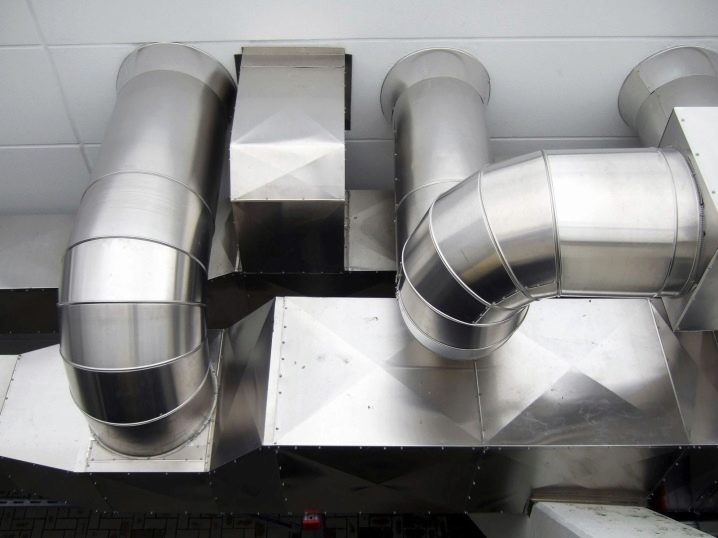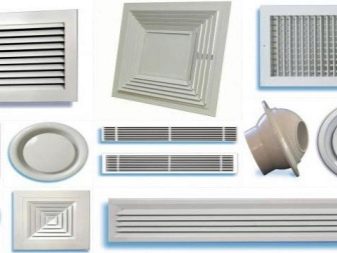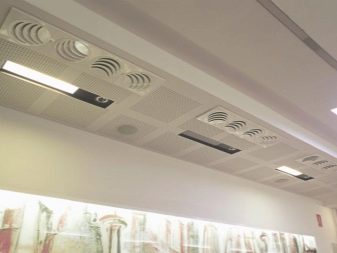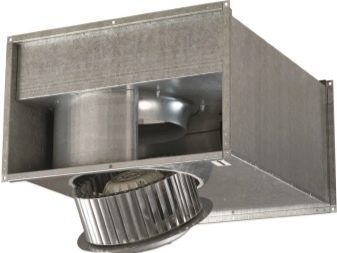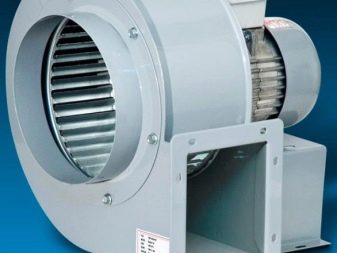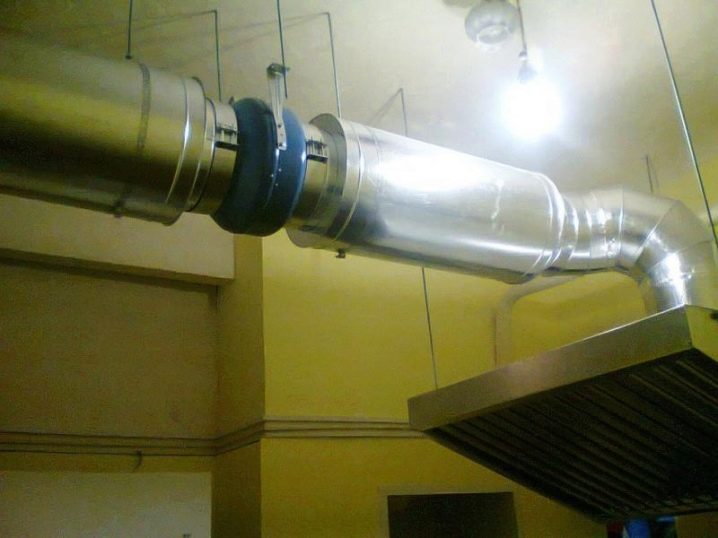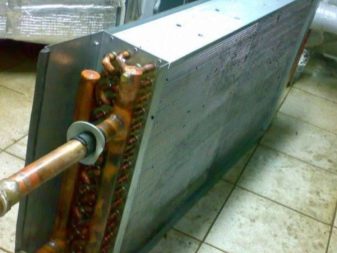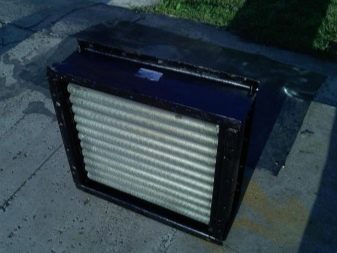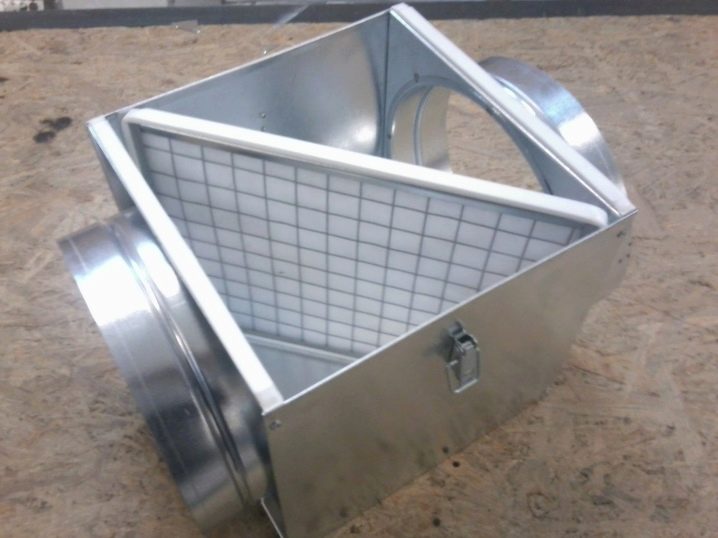Features and selection of components for ventilation
Without ventilation it is impossible to live in a house or work in office premises. Ventilation is always designed together with the main premises of the building, later it will be difficult to change the project, since a sufficient amount of space is allocated under the ventilation shafts. If the ventilation is not working properly, it can lead to frequent illnesses, fatigue in everyday life and death in the event of a fire or other emergency. Air flow in office buildings is created using fans mounted in the air ducts. Consider the features and choice of components for ventilation.
What to look for when choosing?
The first criterion is performance. It is measured in the volume of air that a fan can pass through itself at a specific time unit.If it is simpler, then how much air will have time to drive off the device for itself per second. The speed of the blades is also important. Noise performance depends on the power and speed of rotation of the blades. Often compensated by the special structure of the engine. Power consumption depends, as a rule, on the amount of energy consumed by the fan.
Kinds
The most popular type is considered an axial fan. It allows air to move through blades that rotate around one axis. Such a system is placed not only in the ventilation shafts, but also used in everyday life (cooling system for PC, hair dryer). The performance of such systems is great because they have little resistance to air flow. They look like a box (or ring) in which the blades are fixed, turned at a certain angle. The fan motor is mounted inside the casing box. These devices are economical, easy to maintain and install, compact. However, they are not intended for long ducts.
Radial fans are a casing designed in a spiral. Between the blades, directed strictly forward or strictly back, there are channels through which air moves with a slight contraction. The outlet air moves perpendicular to the inlet air. Diagonal fans hardly differ from axial fans, air enters in the same way, and its exit is carried out diagonally. Their big advantage over standard axial models is a lower noise level during operation.
Elements for hoods and exhaust systems
Any ventilation system is built on the same principle and has basic components.
Air vent
The channel through which the air moves, its size and length depends on the height of the building, the number of rooms, the presence or absence of air conditioning systems. Their main purpose is to bring fresh air into the room and remove the products of combustion and smoke. Usually, air vents are made of galvanized steel or aluminum. Steel can be operated for decades and not be repaired. In the perspective of maintenance, it is cheaper than aluminum channels, but the costs are much higher during construction. Channels of aluminum foil will last only 10 years, but their installation is much cheaper.
Grilles and diffusers
Air distribution devices carry out the distribution of air in the room. If the ceiling height is less than 5 meters, then perforated ceiling panels with a perforation diameter of 2-10 mm are used. It is also possible to install fluorescent lamps, through which a part of the heat from the lighting is removed.
Fans
Chase the air through the air vent. There are low, medium and high pressure (up to 1000 N / m2, up to 3000 N / m2 and up to 12000 N / m2, respectively). They can be with one-sided and two-sided suction, as well as have blades rotating to the left or right. In addition, the axial fan works in the reverse direction - the direction of movement of the blades changes as the air flow changes.
Silencers
Should reduce the noise level produced by the fan in operation. Noise can be aerodynamic (which occurs in a pipe when air moves) and mechanical (occurs while the engine or other components are running). Aerodynamic noise is reduced due to the installation of fan blades, curved back, designing more streamlined air ducts.Mechanical noise is reduced by special rubber flexible inserts on the nozzles of the fan connection to the air outlet. If the system is placed in industrial buildings, it is better to install fans on a separate foundation made of concrete, and to cover the channels with sound-absorbing materials: mineral wool, fiberglass, vinipore.
Heater
Heats the flowing air and allows the use of ventilation for heating. It has either three rows of pipe heaters, or four. May be water or steam.
Filters
Obligatory component of the ventilation system, which purifies the air from both mechanical impurities (sand, dust, chips) and gaseous. Coarse filters should provide particle retention above 5 microns, that is, large pieces of solid matter. Soot will linger fine filters that do not pass particles in excess of 0.1 microns. Absolute cleaning is applied in specialized rooms where almost sterility of air is required.
Detailed story about the production of air ducts for ventilation systems - in the video below.
